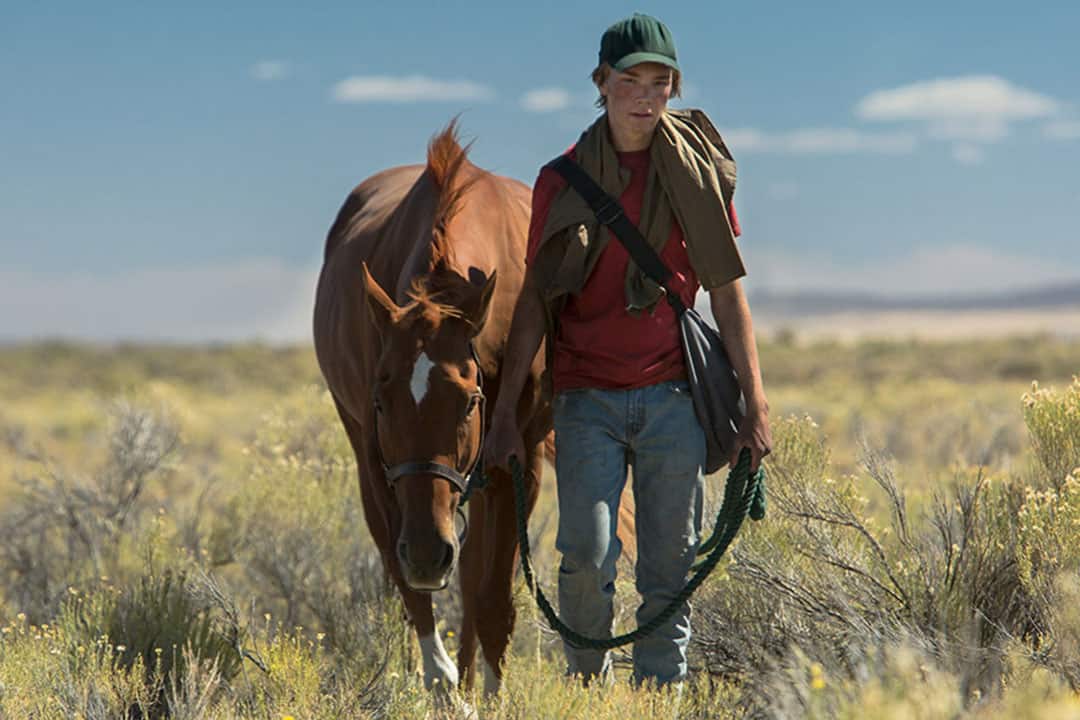About fifteen minutes in, I decided I didn’t like Lean on Pete, so I spent the rest of the film’s runtime finding things wrong with it. In a conscious attempt to be open-minded, though, I looked for things that I liked, too. I had chosen to see the movie because it was an A24 film, and I had yet to see an A24 film I didn’t like. I wanted so badly to enjoy this movie, but the indie studio responsible for recent critical hits like Moonlight and The Witch let me down.
Narratively, Lean on Pete is billed as a boy-and-his-horse coming-of-age tale, but the film is really more of a winding character study. The horse’s involvement in the plot is over by the first third of the movie. Once Lean on Pete — Pete being the horse — is out of the picture, the audience is left to follow Charley, played by Charlie Plummer, who has left home and is traversing a barren landscape to find his aunt.
The movie has been widely praised, so perhaps the problem was my inability to get past its smaller details. There were a few continuity errors that really pulled me out of the film, and the lack of causality and connection between certain sequences stunted its flow. Although that sort of disjunction is sometimes intentional and used to create unease, I doubt that was the case here.
Nonetheless, there is a lot that was done well in this film. Plummer’s performance is fantastic, and it only gets better as the film progresses. Once I realized he looked like a young Chad Michael Murray, things really took off. The film’s cinematography, courtesy of Magnus Joenck, is also superb.
Beyond that, highlights included a couple of really great-looking horses and a few good-looking burgers. Plus, Steve Buscemi was on screen for a while, and he swore a little, so that was nice.


